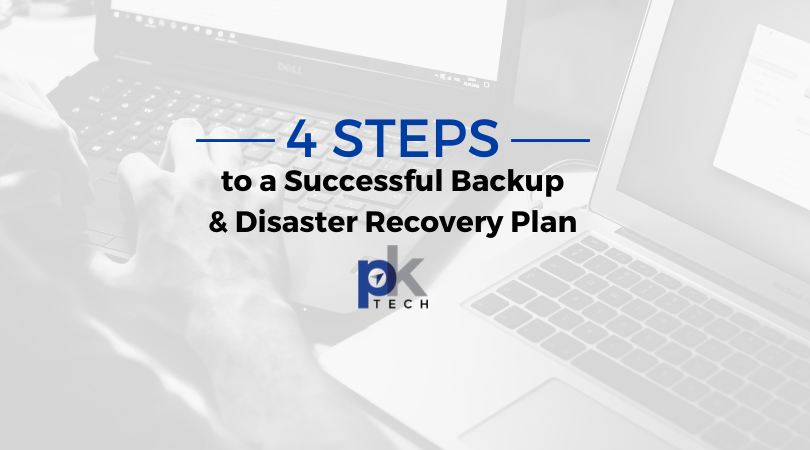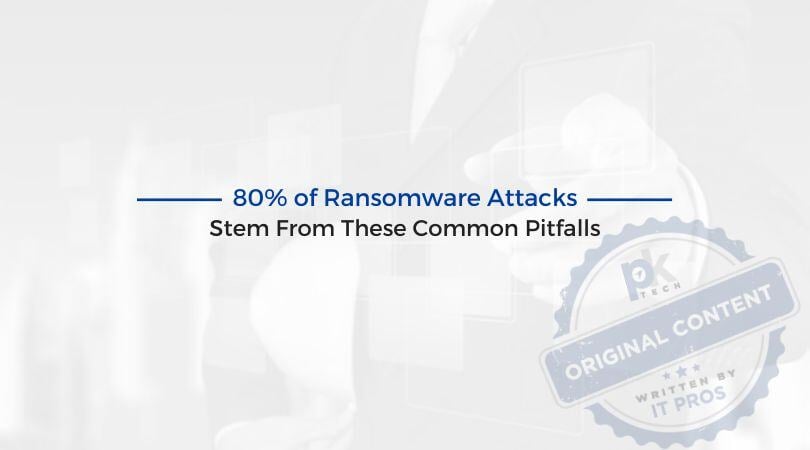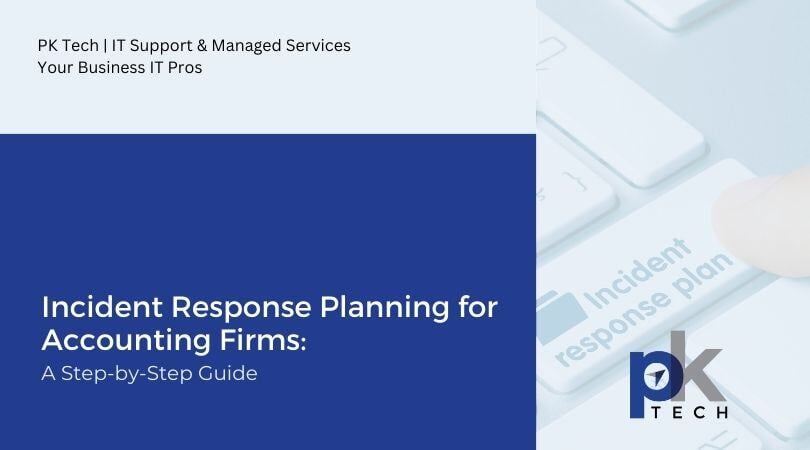A 5-Step Guide to Creating a Security Incident Response Plan
Did you know that 90% of cybersecurity attacks start with an email? Yes, you read that right. That’s why we’re tackling this topic: it’s important...
Accounting firms are increasingly becoming prime targets for cyberattacks. Firms often store vast amounts of sensitive financial data, making them highly attractive to hackers seeking to exploit weaknesses. Whether through ransomware, phishing attacks, or data breaches, a cybersecurity incident can cause severe financial loss, reputational damage, and legal consequences for an accounting firm. It’s essential for accounting firms to develop a robust Incident Response Plan (IRP) to mitigate risks and ensure swift recovery when an incident occurs.
In this blog post, we'll explore the importance of incident response planning for accounting firms and provide a detailed, step-by-step guide on developing and implementing an effective IRP.
Accounting firms manage some of the most sensitive information, from client financial statements to tax records and payroll data. A breach of this data can compromise client trust, lead to costly legal actions, and result in significant financial penalties. Having an IRP helps accounting firms identify, contain, and recover from security incidents in a structured and efficient manner, minimizing the damage and enabling a faster return to normal operations.
Before diving into an IRP, it's essential to evaluate your firm’s current security infrastructure and capabilities. This initial assessment should involve a comprehensive audit of your IT systems, data management practices, and cybersecurity protocols. Ask yourself questions such as:
This evaluation will provide valuable insight into potential vulnerabilities and areas where your firm’s defenses may need strengthening before implementing an incident response plan.
Not all security events are incidents. For an effective incident response plan, your firm must define what constitutes a cybersecurity incident. For an accounting firm, an incident might include:
Clearly outlining what events trigger an incident response will ensure that your team can quickly recognize when action is required.
An IRP is only as effective as the team behind it. Therefore, it is vital to establish an Incident Response Team (IRT) made up of key personnel from various departments within your firm. Key members might include:
Each team member should have a clearly defined role, and the team must be trained regularly to ensure readiness.
Effective incident detection is crucial for identifying potential threats before they escalate. Consider investing in cybersecurity solutions such as:
Additionally, ensure that your team receives alerts whenever these systems detect suspicious activity so that swift action can be taken.
Your IRP should outline step-by-step procedures for handling various types of incidents. The procedures should include the following key phases:
Communication is essential during a cybersecurity incident, both internally and externally. Ensure that your firm has a communication plan in place that includes:
An incident response plan is not a one-time task. It must be tested, updated, and refined regularly to stay effective. Conduct tabletop exercises where your team walks through different cyberattack scenarios to ensure everyone knows their role in real-time situations. Additionally, periodically review the plan to adapt it to new threats or business changes (such as system upgrades or regulatory changes).
To ensure that your staff is always ready to act in the event of an incident, establish ongoing training programs. Provide regular cybersecurity awareness training to employees, covering topics such as:
By creating a culture of cybersecurity awareness, you can reduce the likelihood of incidents occurring.
Incident response planning is not just a precaution; it’s an essential component of a strong cybersecurity strategy for all accounting firms. By following this step-by-step guide, accounting firms can develop a comprehensive IRP that will enable them to swiftly detect, contain, and recover from cybersecurity incidents while minimizing risks to their business, clients, and reputation.
Investing in an IRP also means ensuring you have the right team in place to develop and execute your plan. As a managed IT service provider, PK Tech is proud to offer 15 years of experience with a focus on accounting firms. We boast AICPAs SOC 2 Type II attestation, proving via third-party audit by an independent CPA firm that we passed a rigorous and comprehensive assessment of our security and privacy controls. Schedule a time to chat with our team here.

Did you know that 90% of cybersecurity attacks start with an email? Yes, you read that right. That’s why we’re tackling this topic: it’s important...

A recent warning from Microsoft identified that 80% of all ransomware incidents stem from a few common cybersecurity mistakes. The good news? Most...

Among the many challenges of 2020, healthcare organizations in the U.S. took a big hit on the cybersecurity front. As if the COVID-19 pandemic wasn’t...
